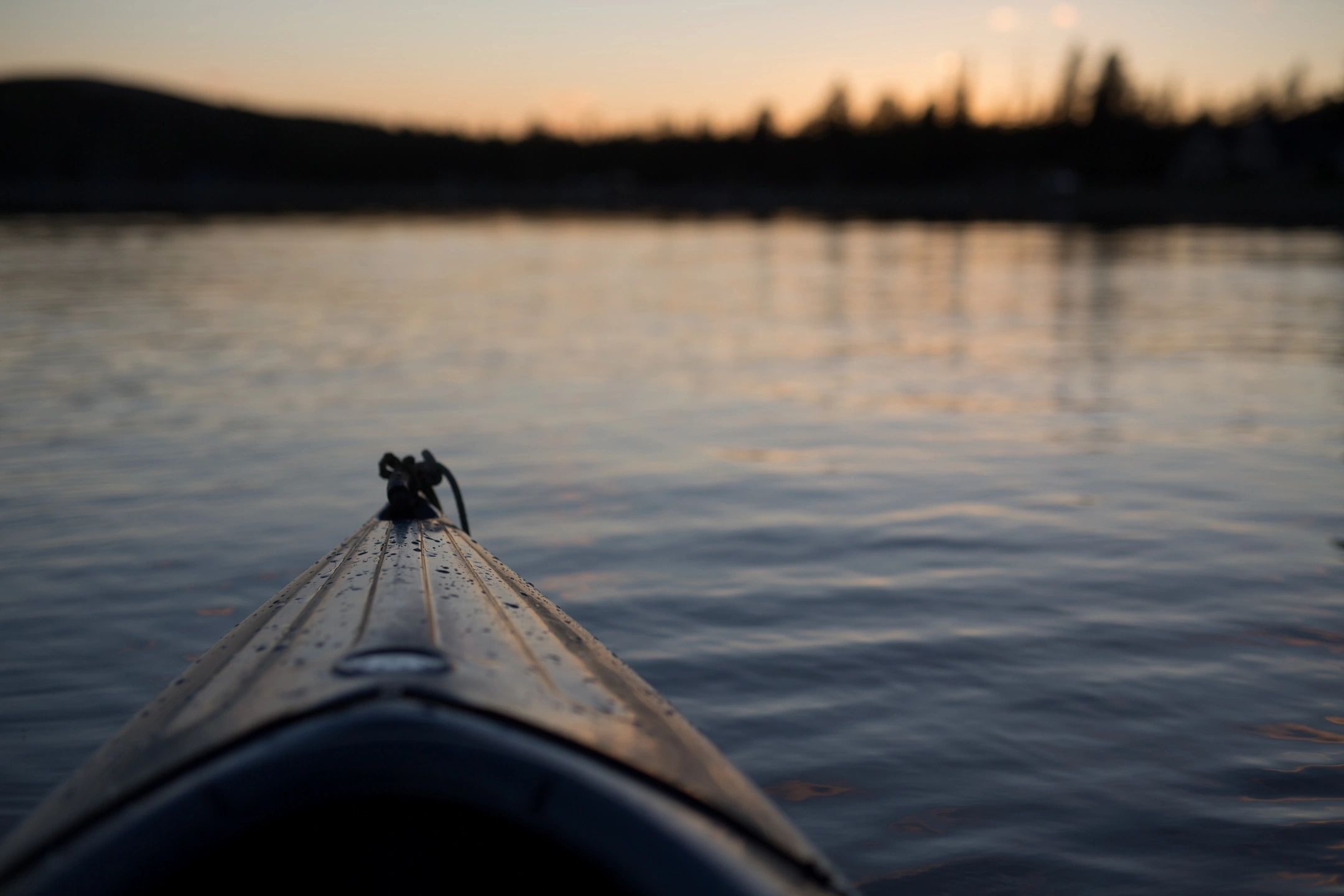Charleston residents who drive over the 35th Street Bridge that crosses the Kanawha River might see barges being pushed by towboats but probably do not know exactly what is being transported inside the massive barges, where it’s going or how it affects their lives.
The inland waterways system has very often been out of sight, out of mind, as football-field sized barges carry our nation’s critical freight to destinations within the United States and facilitate competition for shippers to the world export market.
These “building block” commodities include energy products (coal and petroleum), agriculture products, such as fertilizer, grain and soybeans, chemicals, manufacturing inputs, sand and salt for icy roads, aggregate material for the construction industry, booster-rocket parts for NASA, large cargoes for industrial use, military materiel and much more.
The waterways system is a natural gem in the United States that creates opportunities for commercial transportation, but also for recreation, hydropower, municipal and industrial water supply, and national security.
But what ensures those benefits is the locks and dams on our state’s rivers, and the other major inland rivers, that act much like a ladder to be sure vessels can navigate across differing depths and do not get stuck or grounded.
With 680 miles of navigable inland waterways in West Virginia, our state ranks 16th in the nation for navigable miles. Our state is home to three river systems — the Ohio, Monongahela and Kanawha rivers — and one public port, the West Virginia Public Port Authority.
In 2018, West Virginia’s ports, inland waterways and inland waterways-dependent industries supported 138,200 jobs, $8.5 billion in personal income, $15.2 billion in gross state product and $35.8 billion in total output that gave rise to more than $1.3 billion in state and local tax revenue.
The top freight commodities moving in our state are coal, ligite and coal coke (28.1 million tons), followed by sand, gravel, shells, clay, salt and slag (8.1 million tons), and petroleum products (6.5 million tons).
The value of these commodities is staggering, with coal and petroleum products, including LNGs, lubricating oils and greases, and petroleum asphalt valued at $1.1 billion, coal at $565 million and fuel oils at $537.4 million.
We depend on an intermodal transportation system in this country, but waterborne commerce is key to traffic-congestion relief, safety and positive environmental impact. In 2018, 48.8 million tons of freight, valued at $2.9 billion, moved on West Virginia’s inland waterways. If you were to move this tonnage on the highway system, it would require an additional 1.2 million trucks on West Virginia’s roads.
Moving freight by water means reducing highway congestion, fewer crashes on our highways, less greenhouse gas emissions and decrease in wear and tear on roads and bridges. The inland waterways system saves between $7 billion to $9 billion annually over the cost of shipping by other modes, based on all goods currently being moved on the water, compared to the same volume transported by rail.
And while West Virginia’s locks are some of the newest locks on the river system (most are over 40 years old), many of the locks and dams on the inland system were constructed during President Franklin D. Roosevelt’s New Deal of the 1930s, with nearly 70% of locks now exceeding 80 years of age (with a design life of just 50).
For many years, the U.S. Army Corps of Engineers, the agency that manages and maintains the inland waterways, was woefully underfunded, doing its best to Band-Aid these aging structures to prevent catastrophic failure on shoestring budgets. Emergency lock closures were a regular occurrence. There was little money for new, modern lock construction, with existing lock chambers small and antiquated, built more for steamboat traffic than 21st-century vessels.
Things have greatly improved on the inland waterways, thanks, in part, to the support of Sen. Joe Manchin, D-W.Va., and Sen. Shelley Moore Capito, R-W.Va., who have been great champions for waterways improvements. They have long supported modernizing the waterways in our state, which, in turn, benefits the entire inland system. Their continued support of waterways infrastructure is critical.
There is a timely opportunity to help enhance the inland waterways in the infrastructure jobs package released by the Biden administration that includes $17 billion for “inland waterways, ports and ferries.” Our inland waterways’ system supply chain, with its navigable channels, and lock and dam infrastructure, offers the competitive edge our nation’s — and our state’s — shippers reply on in the tightening world marketplace.
The inland waterways transportation system moves commerce in the most energy-efficient, environmentally friendly, sustainable, traffic congestion-relieving way and keeps the U.S. economy booming.
America — and West Virginia — must continue to modernize its critical inland waterways infrastructure for growth in this new decade and beyond.
Robert McCoy is president and CEO of Amherst Madison, an employee-owned company in Parkersburg that provides marine towing services, construction services, marine repair services and marine equipment rental. The company dates back to the 19th century.
URL:


